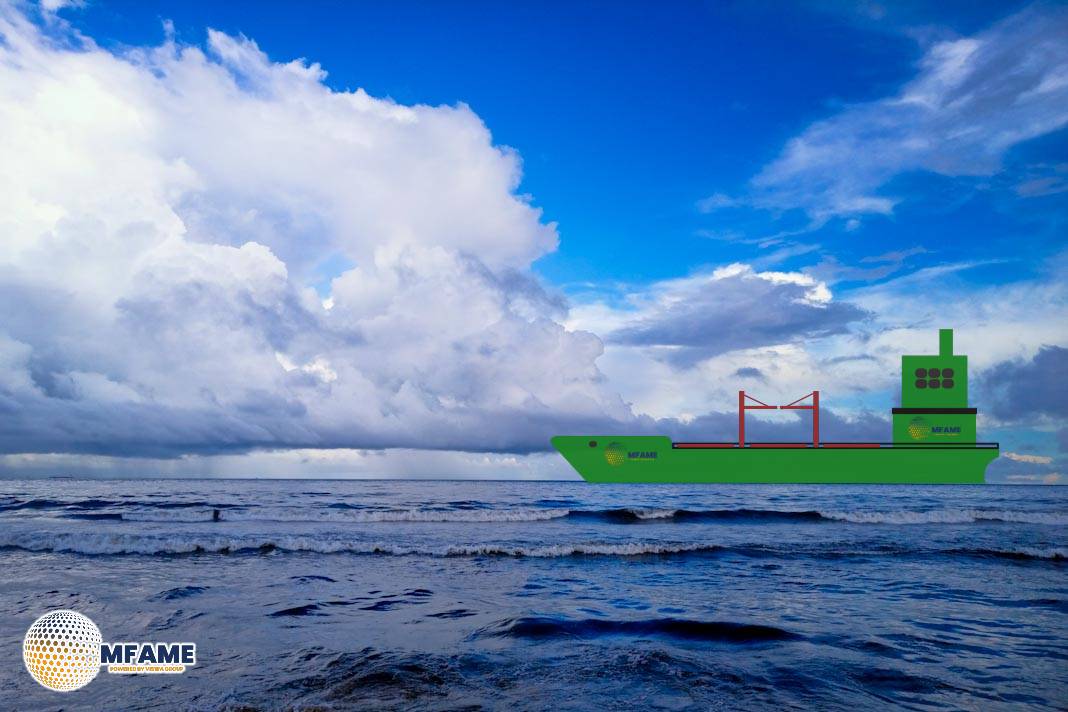The Port of Barcelona recently achieved a major milestone in its transition to sustainable fuels by conducting its first ship-to-ship bioLNG bunkering operation. This event, which took place on July 26, involved the supply of biofuel to the cruise ship Mein Schiff Relax, the first LNG dual-fuel vessel in the TUI Cruises fleet.
The BioLNG Bunkering Operation
The bunkering was carried out by the Shell-chartered vessel Haugesund Knutsen, which transferred 1,875 cubic meters of bioLNG to the Mein Schiff Relax. The biofuel was sourced from the Enagás regasification plant, located at the port’s Energy Wharf. This method, known as ship-to-ship bunkering, is significantly faster and allows for a much larger volume of fuel to be transferred compared to the truck-to-ship method previously used at the port in March.
For TUI Cruises, this operation marks a key step in its Climate Protection Roadmap, which focuses on four main pillars: the use of alternative fuels, green shore power, energy efficiency, and optimized voyage planning.
BioLNG as a Sustainable Fuel
BioLNG, or liquefied biomethane, is a sustainable fuel produced from organic waste. The European Commission recognizes it as a clean fuel, as its use can reduce greenhouse gas emissions by 70% to 100% throughout its lifecycle, depending on the origin of the organic matter.
A key advantage of bioLNG is that it has the same properties as fossil LNG. This means it can be used by any vessel already equipped to operate on LNG, which at the Port of Barcelona includes 23% of the cruise ships that have called there in 2024. The port sees this transition from fossil LNG, which reduces carbon dioxide emissions by 20%, to bioLNG as a significant leap forward in the energy transition and the reduction of greenhouse gas emissions in maritime transport.
Did you subscribe to our Daily newsletter?
It’s Free! Click here to Subscribe!
Source: Offshore Energy























